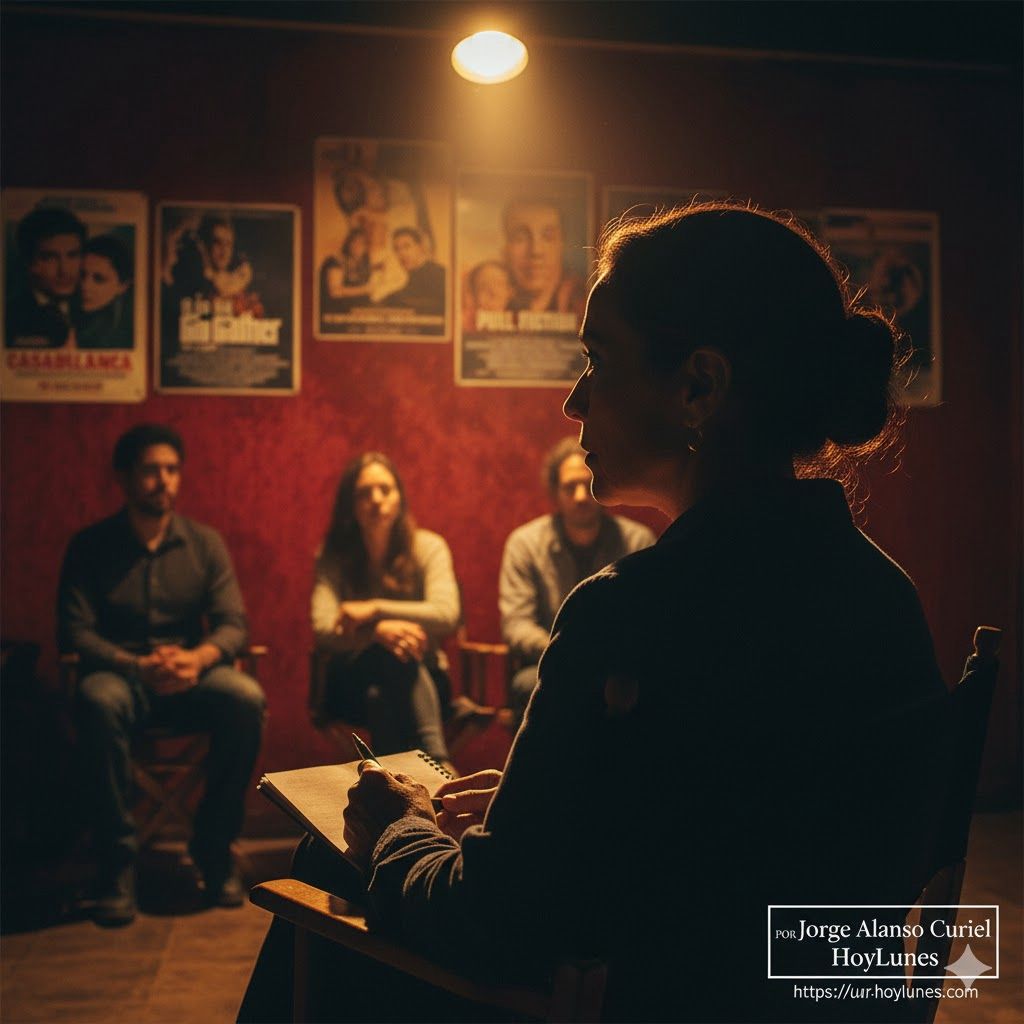The Academy Awards are introducing a new category for the first time in nearly two decades: Best Casting. The award, which will debut at the next ceremony in 2026, aims to highlight the work of the professionals responsible for shaping the ensembles that bring stories to life.
By Jorge Alonso Curiel
HoyLunes – Although audiences usually identify a film by its performers, the people who chose them are rarely known. The work of the casting director is a blend of artistic intuition, deep knowledge of acting, and the ability to anticipate dynamics between performers. They are responsible for finding the chemistry between protagonists, discovering new voices, or reinterpreting characters through unexpected choices.
The Academy’s decision represents a necessary act of justice for a guild that has long demanded its own space at the ceremony. Until now, their work has been overshadowed by more visible awards, despite their influence on the final outcome of a film: a good story can sink with an incoherent cast, while a well-executed casting can elevate even a modest script.

The new category also brings the Oscars in line with other international ceremonies, such as the BAFTAs, where the Casting Award has been presented since 2020 with great reception in the industry. Hollywood, in fact, has been debating this recognition for years, which finally arrives at a time when award criteria are being reassessed to align with the needs of contemporary cinema.
Implications for the Industry
The inclusion of the Oscar for Best Casting is not merely a symbolic gesture: it could transform deep dynamics within the industry. To begin with, it places the spotlight on diversity. At a time when Hollywood is engaged in debates about representation, this award could encourage casting choices that are more inclusive and narratively rich.

Moreover, studios may adjust their strategies to aim for a greater number of nominations. Casting, which was often finalized in the early stages of a project, could now receive more time, budget, and prominence within the creative process. This could translate into more open auditions, greater exploration of emerging performers, and a bolder approach to finding actor combinations capable of generating cultural impact.
Another significant change is the potential boost to the training of new professionals. With its own category, casting gains visibility among those aspiring to work in film, who may now be drawn to a discipline that combines psychology, artistic vision, and a deep understanding of the audiovisual market. Formal recognition could also open the door to stronger organization, more solid ethical standards, and better working conditions within the guild.

Finally, the award raises expectations about how merit will be evaluated. Will discoveries and bold risks be prioritized? Will the cohesion of the cast or the accuracy in the choice of lead actors be valued more highly? The Academy will need to establish clear parameters for a craft that, though essential, is rarely discussed publicly in technical terms.




